The dog’s tail is as much an element of communication as of mobility. These points explain everything there is to understand about this part of the canine anatomy.
It is well known that when a dog wags its tail, it is a sign of enthusiasm. If we know the dog’s mode of communication well, we can know if this is the case or if it is, on the contrary, a sign of dissatisfaction . Apart from communication , dogs’ tails serve many other purposes that need to be known.
Here are 10 things to know about a dog’s tail.
1. Dog hair and ancient Rome

Pliny the Elder had his own belief in curing rabies after a rabid dog bite. He believed that the ashes of the tail hairs of the same dog should be placed on the wound.
This has not been proven to be effective. It would also be inadvisable to experiment with this old belief.
2. The tail is an extension of the spine

The dog’s spine extends to its tail.
Being very mobile and more exposed, it can be more seriously injured. However, the tail has different muscles and vertebrae than the spine.
3. The tail is a means of dispersing its pheromones
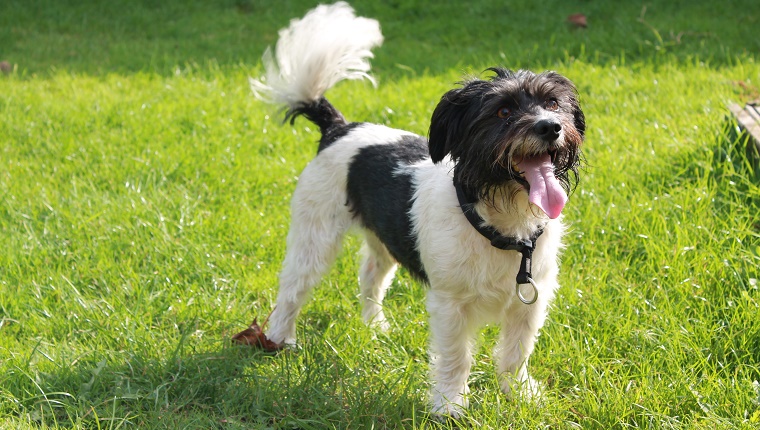
By raising its tail, the dog lets its pheromones escape. By wagging its tail, it disperses them in the air.
A scared dog will have his tail pulled back, preventing his pheromones from making him stand out.
4. The tail is a tool for swimming

Some dogs are excellent swimmers. This is explained by the use they make of their tail.
Labradors are particularly good at using their tails as a rudder.
5. The tail for mobility and maintaining balance
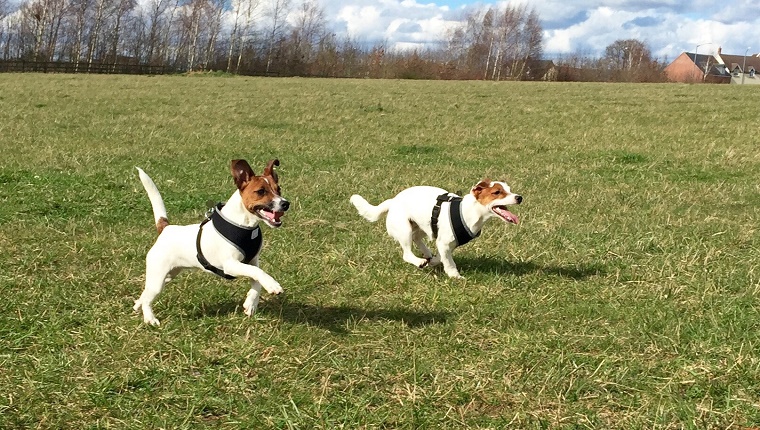
When running, dogs use their tails as a means of maintaining their balance.
Dogs born with a short tail use it for the same reasons. But in the event that an accident has resulted in a dog having a severe tail injury, it will need time before it re- educates itself .
6. The reasons why a dog tries to grab its tail
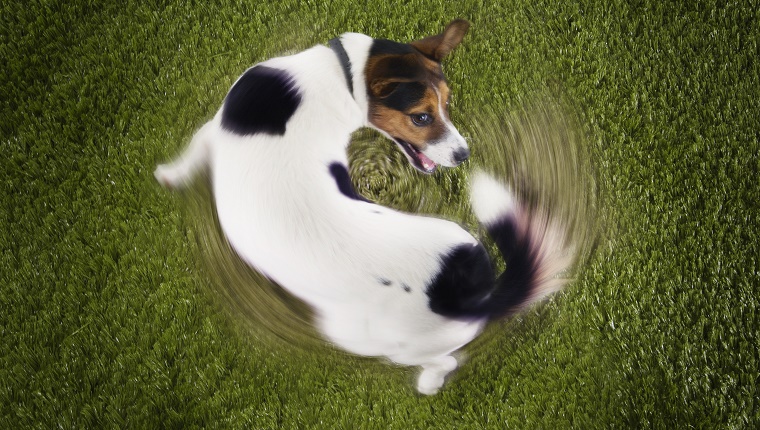
The dog can run after its tail for energy , because it is curious or just for fun.
Some specialists consider that such an action carried out excessively, can be the sign of an obsessive-compulsive disorder . Either way, you must first check that the dog is not spinning after its tail because it has fleas.
7. Communication goes through the tail

The ability for a dog to communicate with its tail is acquired from birth .
Indeed, a puppy will be able to start using this language as early as a month and a half.
8. Tail wagging is never done when they’re alone
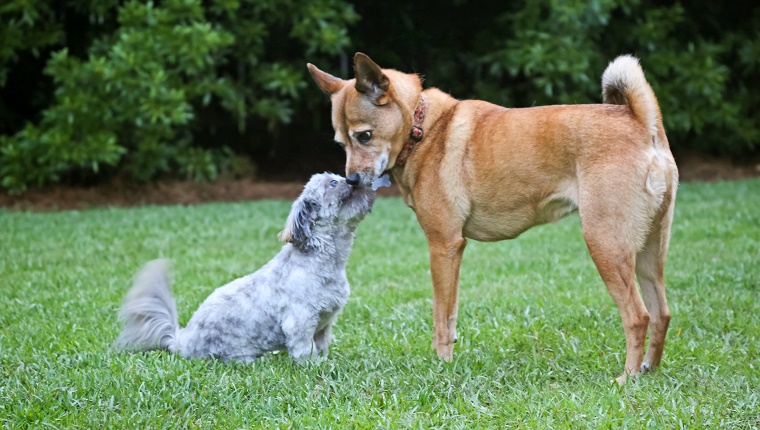
Research has concluded that dogs wag their tails to get noticed . This is because they never do it when they are alone.
9. Wag the tail to the right or to the left, a sign of enthusiasm for the first, of dissatisfaction for the second
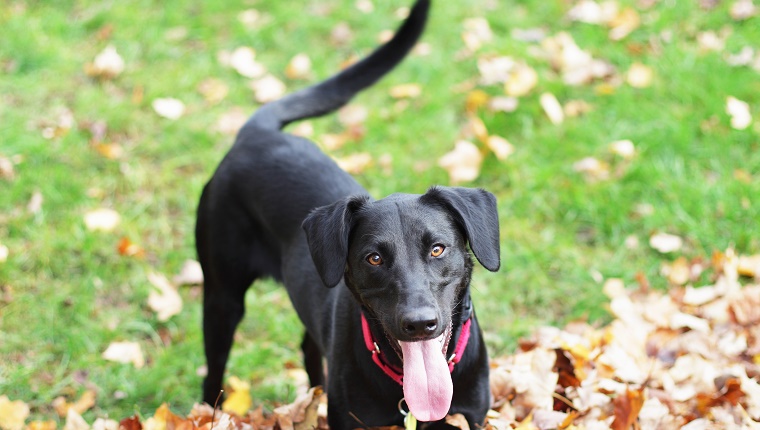
When a dog wags its tail to the right, it can be approached, as it exhibits enthusiasm and a positive attitude.
On the contrary, to express its dissatisfaction, fear or anxiety , the dog will carry its tail to the left.
Read also: While walking in a park, this couple absolutely did not expect to meet the son of their dog
10. What is indicated by the speed and height of movement?
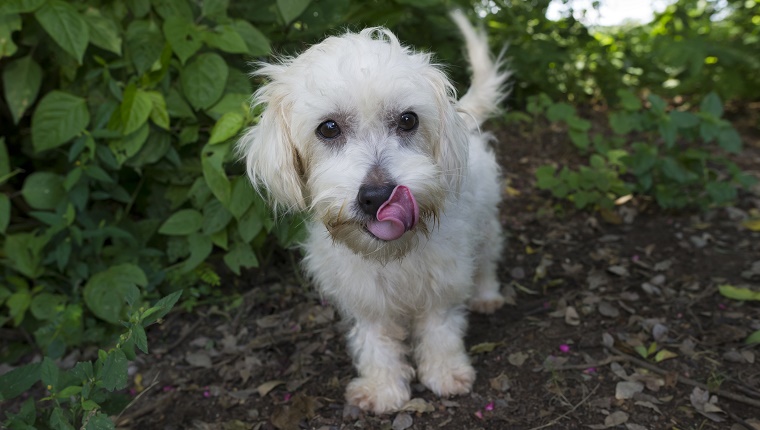
If the dog wags his tail in a big movement , it means he is in a friendly and trusting demeanor. If movement is small , the dog is studying the situation .
Fast movement will indicate a neutral state, while slower movement is a sign that the dog is feeling threatened .










